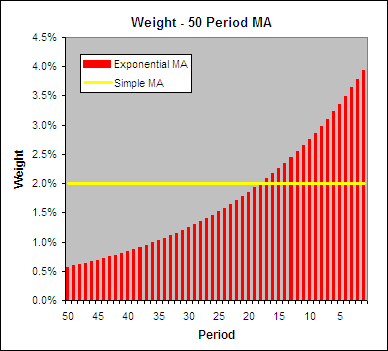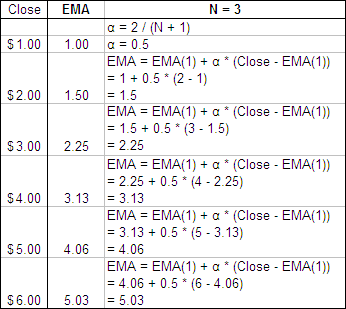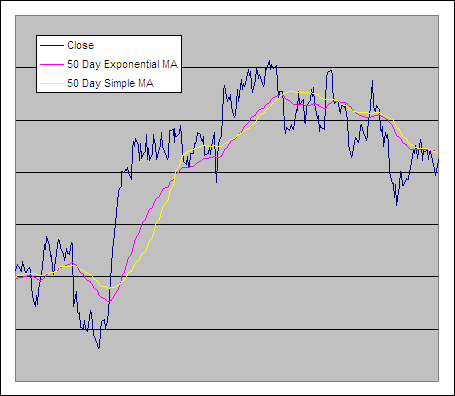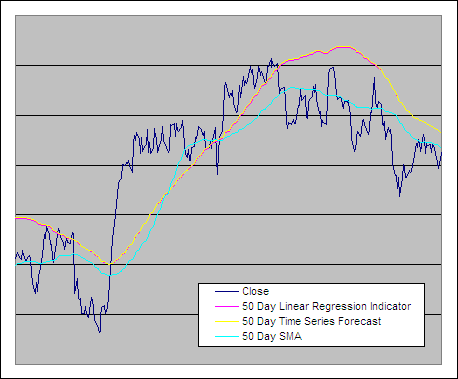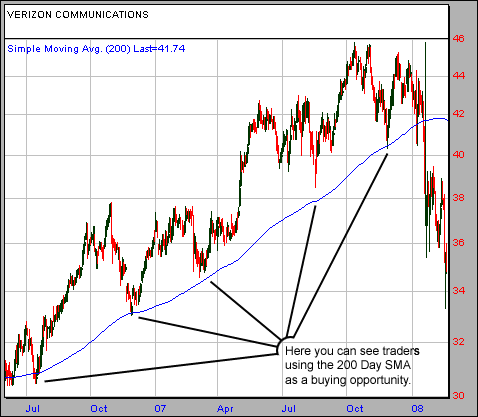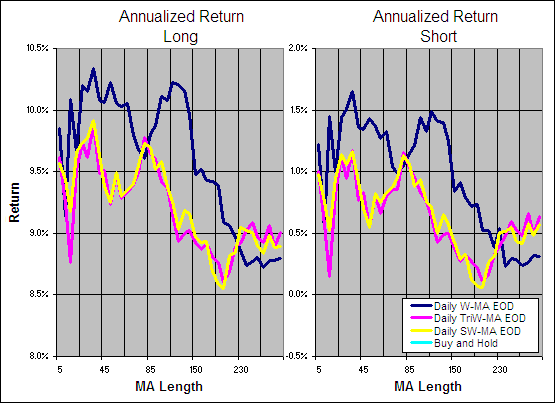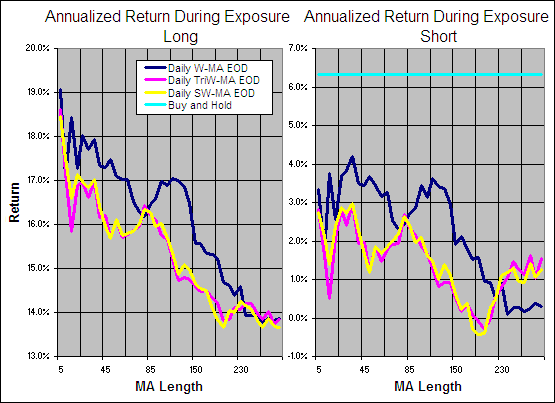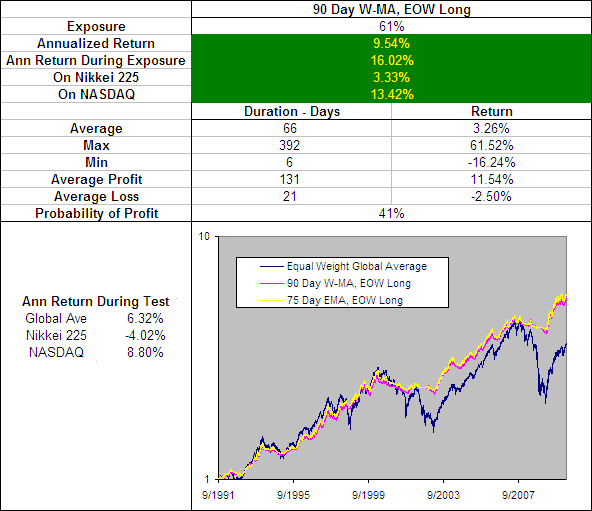The Standard Deviation Ratio (SDR) was first presented as a technical indicator in the March 1992 edition of Technical Analysis of Stocks & Commodities magazine ‘Adapting Moving Averages To Market Volatility‘. The author Tushar S. Chande, Ph.D. used it as the Volatility Index in the original version of his Volatility Index Dynamic Average (VIDYA) or Variable Moving Average (VMA).
Calculating it is as simple as taking the ratio of a Standard Deviation (SD) over one period to that of a longer period where both have the same starting point. One quirk of the SDR is that because the short term SD can become greater than the longer term SD, the ratio has no upper limit but does tend to remain below 1 most of the time (see the example chart below). The higher the ratio, the more spread the recent data is from the mean in relation to the past which should indicate a stronger trend.
It is very helpful to know the strength or lack of a trend as different approaches will be more profitable depending on the market type. But is the Standard Deviation Ratio an effective way to reveal the strength of a trend? To find out we are entering it in the Technical Indicator Fight for Supremacy. We will be testing the SDR as a component in the VIDYA, an Adaptive Moving Average and an Indicator Weighted Moving Average.
.
50 / 100 Standard Deviation Ratio Example
.
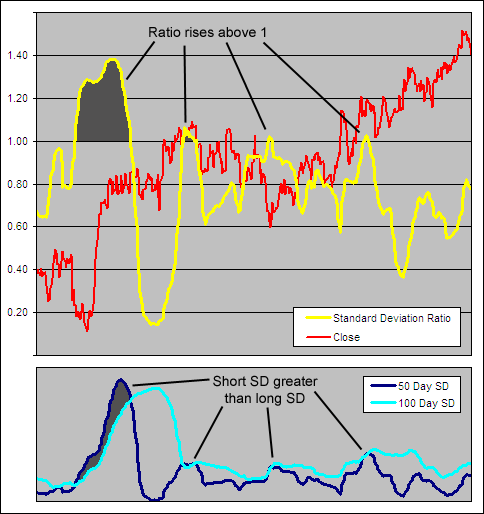
.
Standard Deviation Ratio Excel File
.
I have put together an Excel Spreadsheet containing the Standard Deviation Ratio and made it available for FREE download. While the SDR may be very easy to calculate this spreadsheet will automatically adjust to the parameters you specify. Find it at the following link near the bottom of the page under Downloads – Technical Indicators: Standard Deviation Ratio (SDR)
.
Test Results
.
As part of the ‘Technical Indicator Fight for Supremacy‘ We have tested/will test the Efficiency Ratio as a component in several technical indicators:
- Standard Deviation Ratio Variable Moving Average (SDR-VMA) – Completed – Results
- Standard Deviation Ratio Adaptive Moving Average (SDR-AMA) – Completed – Results
- Standard Deviation Ratio Log Normal Adaptive Moving Average (SDR-LAMA)
- Standard Deviation Ratio Weighted Moving Average (SDR-WMA)
We will also test the SDR as a filter, only taking trades when it indicates a strong trend.
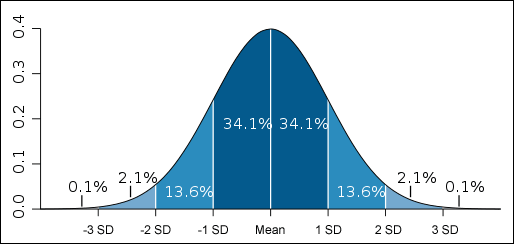

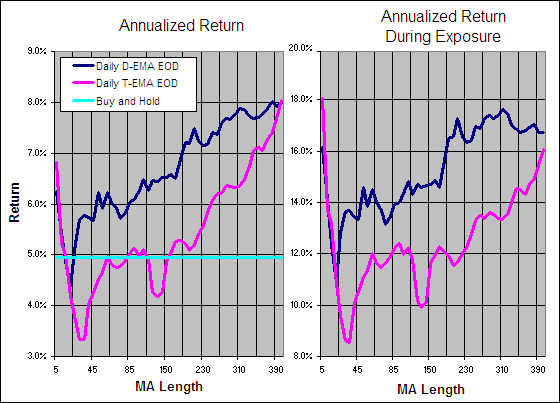
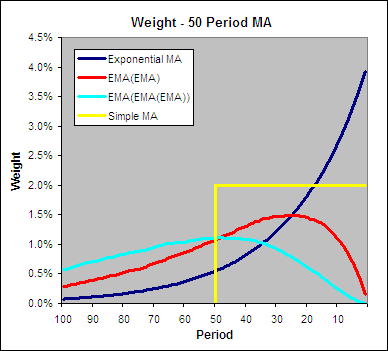
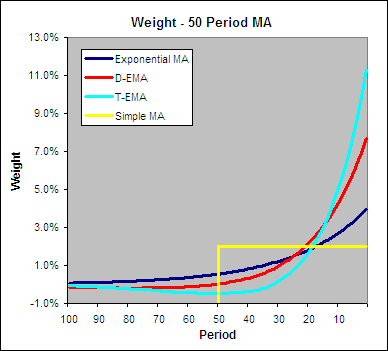
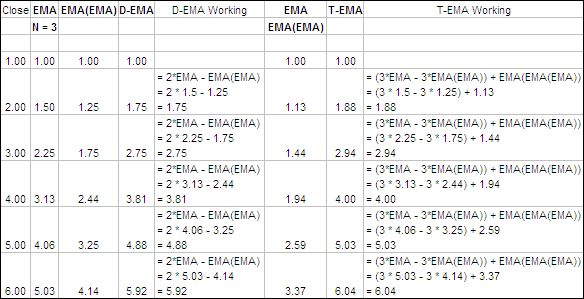
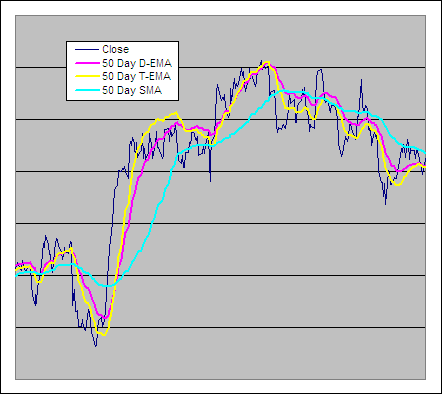
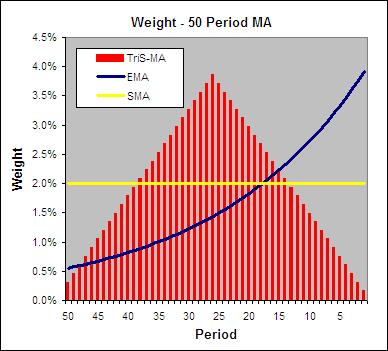
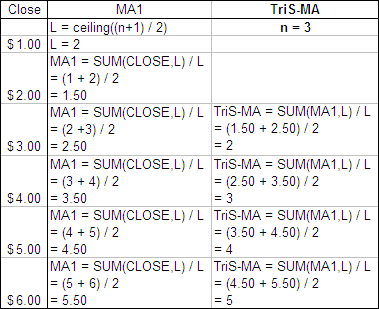
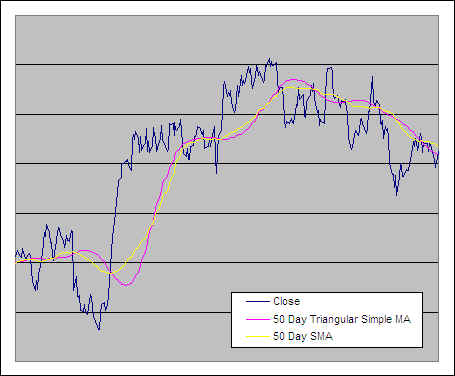
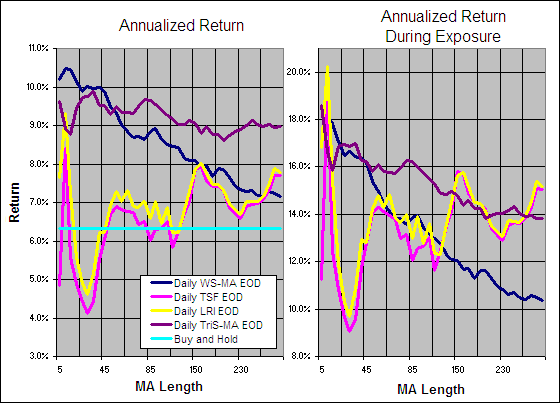
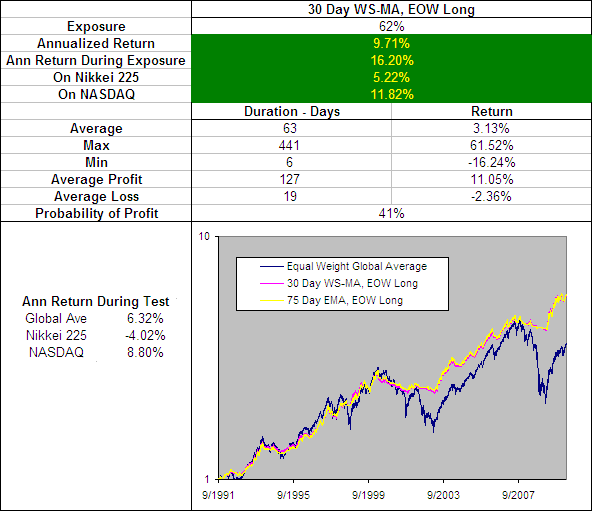 .
.